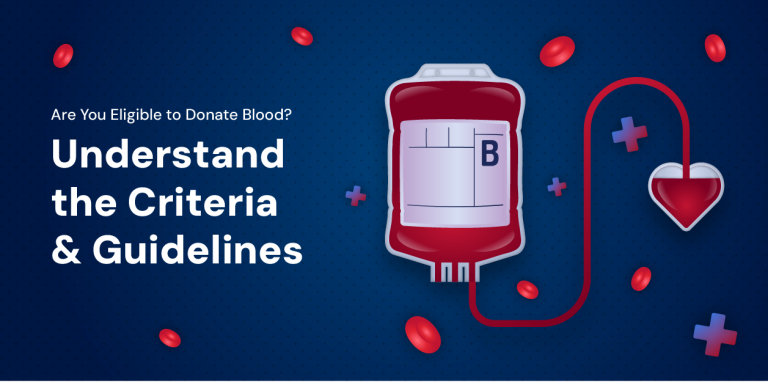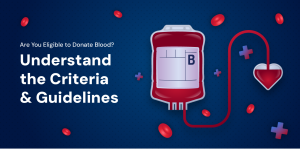Most people who travel will agree with what Hans Christian Andersen says. According to him, to travel is to live. Undoubtedly, travelling is exciting and refreshing. It offers a great opportunity to explore the vast tapestry of cultures, cuisines, and landscapes across the globe. However, for individuals with diabetes, the prospect of travelling may seem daunting given the specific medications and diet. However, experts say that with proper planning and management, it is possible to have enjoyable, safe, and stress-free journeys. The idea is to be mindful and consistent with the routine while keeping a tab on the blood glucose levels.
Here is a step-by-step comprehensive guide on how to travel with diabetes confidently.
Consult your Doctor/Dietitian:
First and foremost, it is imperative to consult your doctor/ dietitian before planning the trip as they will help you assess your health status to adjust the medication dosage and dietary habits.
Carry all Important Documents:
The thumb rule for people with diabetes is to carry a medical book or card with the health and medication details which helps in any diabetes-related emergency. Don’t forget to add dietary allergies if any and wear a diabetes ID bracelet.
Stock Up on all Important Medications & Equipment:
Always carry extra doses of medicines and insulin (if on insulin) preferably in two different bags to tackle the probability of missing luggage. It can get tricky to procure insulin while travelling abroad. Also, remember to carry a backup prescription in case of loss or theft. Also carry monitoring equipment such as a glucometer, a continuous glucose monitoring (CGM) system for real-time monitoring, an insulin pump, test strips and extra batteries.
A word of caution: Extreme temperatures can affect the effectiveness of insulin, so it’s crucial to protect it from extreme heat or cold. An insulated bag or pouch can help regulate the temperature.
Carry only Diabetes-friendly Snacks:
Fibre-rich snacks such as cucumber or carrot sticks, fibre-rich cookies, roasted gram, trail mix of granola, dried fruit and nuts energy bars and laddoos loaded with dry fruits and seeds or even roasted makhanas (fox nuts) can come in handy. For low blood sugar spells, sugar powder, glucose tablets or chocolate or sweets are a good option. It is a good idea to research local cuisines and dining options in advance and consider making reservations at restaurants that offer diabetes-friendly choices.
Stay Hydrated:
Dehydration can affect your blood sugar levels. Be sure to drink plenty of water, especially when travelling by air, as cabin air tends to be dry. Avoid tea, coffee and other sugary beverages.
Walk around:
Physical activity can help manage blood sugar levels. Walk around often and avoid sitting for a long time. Do partial leg lifts or foot rotation if seated. Wear tight diabetic socks which enhance circulation and prevent deep vein thrombosis (venous blockage).
Get Travel Insurance:
Last but not least, invest in comprehensive travel insurance that covers your medical needs, including diabetes-related emergencies. Ensure that your policy provides access to medical facilities where you are travelling.
Conclusion
Travelling with diabetes may require extra preparation and attention, but it should not be a deterrent from exploring the world. Follow the guidelines, plan, stay vigilant and enjoy your journey.
-Content partner Happiest Health







